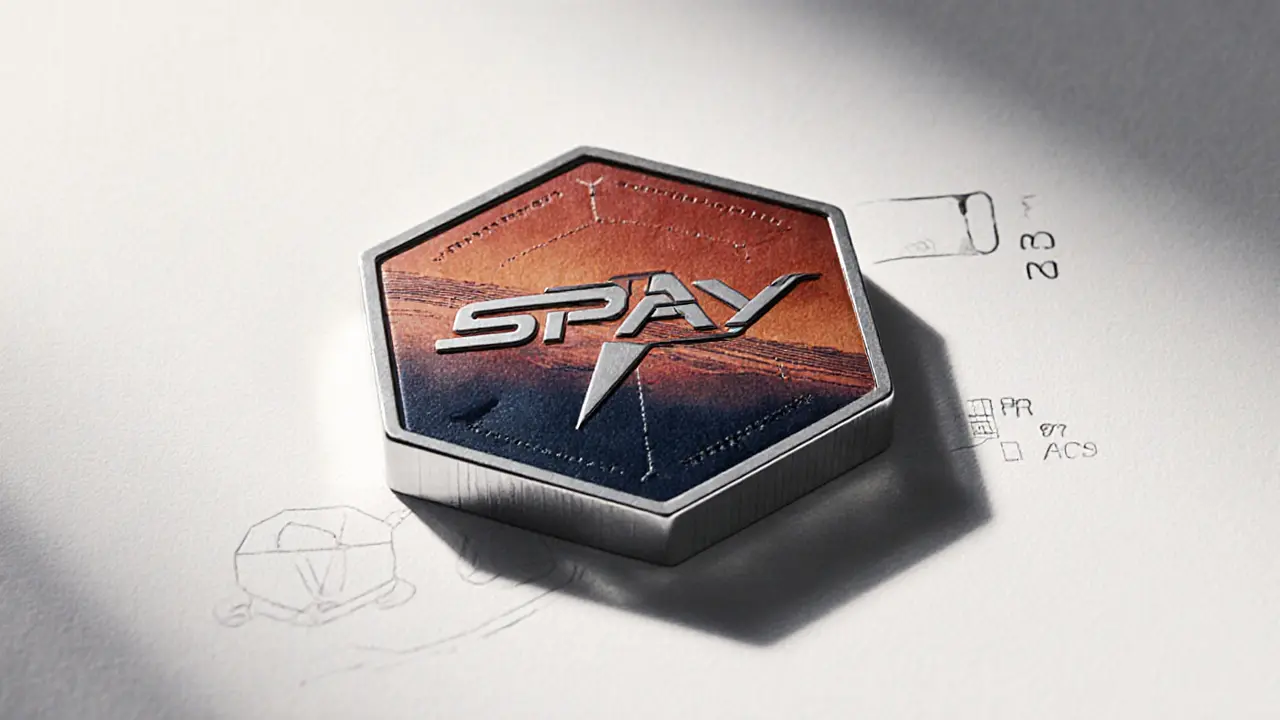Airdrop: Free Crypto Tokens and How to Claim Them Safely
When working with airdrop, a method where blockchain projects give away free tokens to community members. Also known as token giveaway, it helps boost awareness and decentralize ownership. In the cryptocurrency digital asset space that runs on blockchain technology, most airdrops are automated via smart contracts self‑executing code that enforces distribution rules. To receive any of these free assets you need a wallet address a unique identifier that stores your crypto tokens. This trio – airdrop, smart contract, and wallet – forms the backbone of token distribution across the blockchain ecosystem.
Why Projects Use Airdrops and What They Gain
Projects launch an airdrop to spark interest, broaden their user base, and create liquidity for a new token. In practice, an airdrop encompasses token distribution, meaning the free tokens are part of a broader launch strategy. By rewarding early adopters, teams encourage community engagement and generate buzz without heavy marketing spend. The resulting network effect often drives price discovery and can even attract developers who see a live, distributed token economy in action.
Eligibility rules vary, but the core idea stays the same: if you hold a certain asset, join a Telegram group, or complete a simple task, you qualify. Most legitimate airdrops require a valid wallet address that can accept the specific token standard (ERC‑20, BEP‑20, etc.). Some also ask you to stake an existing coin or provide a small amount of gas to cover transaction fees. Understanding these requirements helps you decide which airdrops are worth your time.
Scams are the biggest headache in the airdrop world. Fraudsters often copy official branding, promise huge rewards, and ask for private keys or seed phrases – a clear red flag. Real airdrops never request your secret keys; they only need a public wallet address. Verify announcements on the project’s official website, reputable crypto news outlets, or the team's verified social channels. Checking the smart contract address on block explorers can also confirm whether the token is genuine.
Once you’ve cleared the safety check, claiming an airdrop is usually a three‑step process: (1) connect your wallet to the project’s claim portal, (2) sign a transaction that costs a tiny amount of gas, and (3) watch the tokens appear in your wallet. Some platforms offer batch claim tools that let you collect multiple airdrops in one go, saving both time and fees. Remember to keep an eye on claim windows – many airdrops disappear after a set deadline.
Recent airdrop buzz includes the WELL token slated for 2025, the XCV token from XCarnival, GamerHash’s GHX giveaway, and Velas’ GRAND airdrop. Each of these projects follows the same pattern: announce eligibility, provide a smart contract address, and set a claim period. By studying these examples, you can spot the common threads – clear instructions, official channels, and a transparent tokenomics sheet – that separate legitimate drops from phishing attempts.
Keep reading to see how every airdrop can be safely captured, what tools to use for tracking, and which upcoming token giveaways are worth your attention. Below you’ll find a curated list of guides, reviews, and step‑by‑step tutorials that break down the process from start to finish.

SpaceY 2025 SPAY Airdrop: Full Details, Tokenomics & How to Join
Discover everything about the SpaceY 2025 SPAY airdrop: eligibility, token economics, NFT land scarcity, roadmap and how to start earning in the Mars‑based play‑to‑earn game.
